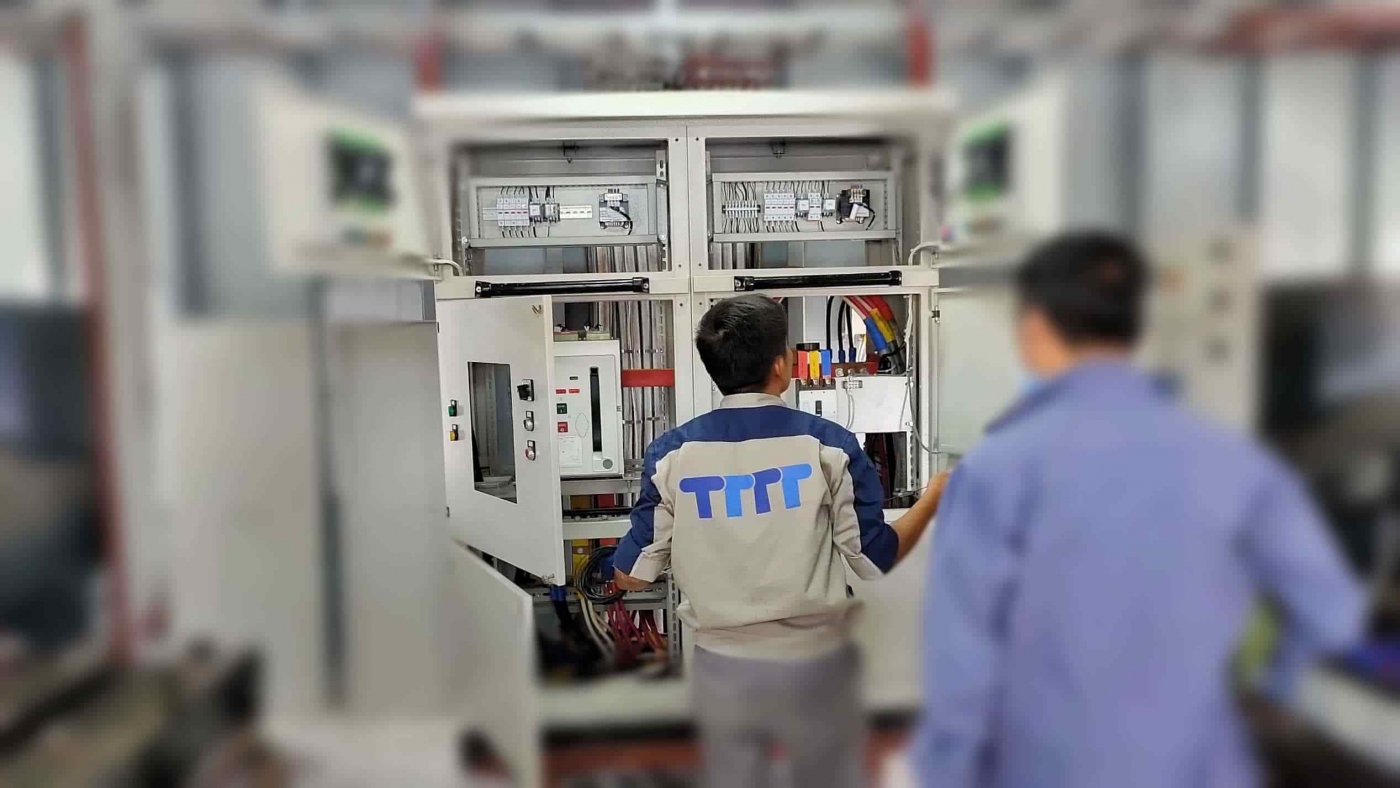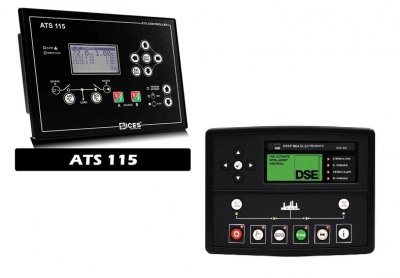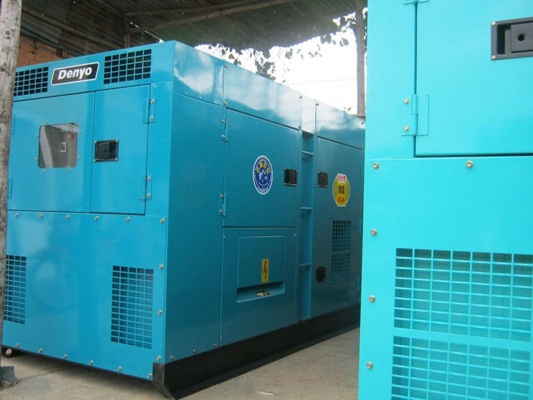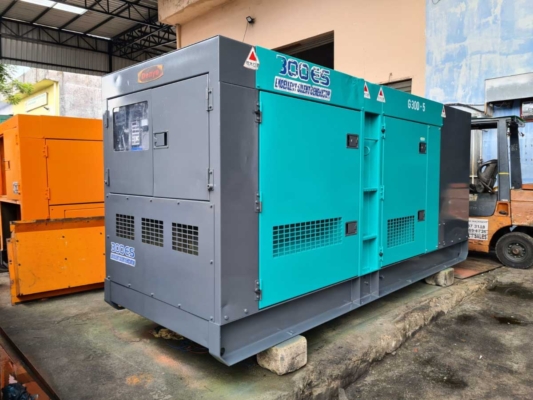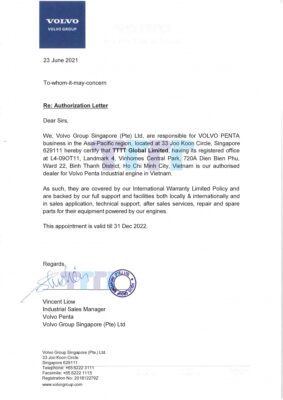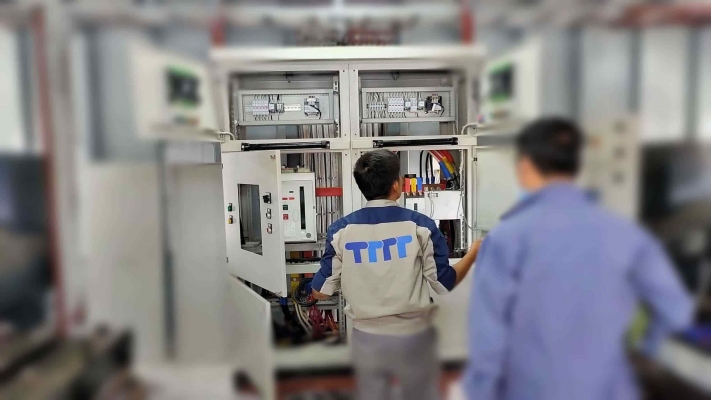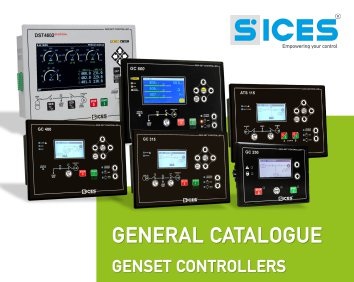Electricity is an important and indispensable form of energy in modern life. From the use of lighting, household appliances to industrial projects, electricity plays a very important role in providing energy for society. Therefore, to meet the growing needs of society, transmit electricity over long distances is a very important task.
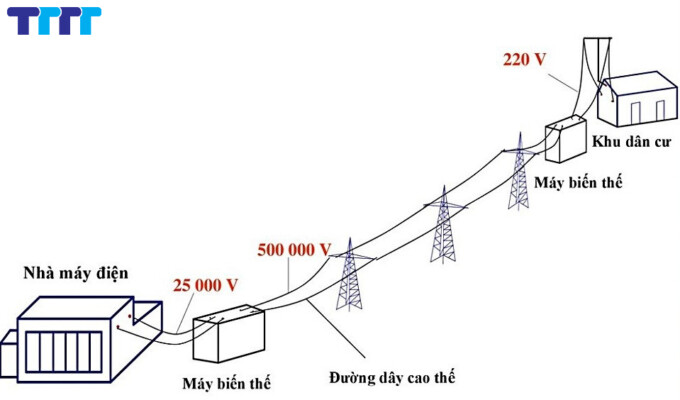
In the process of transmit electricity over long distances TTTT Global, there are many factors that affect the performance and quality of electricity. To better understand the methods of transmitting electricity over long distances and the factors that affect them, let’s learn in this article.
You may be interested in the following articles:
- Learn about the National Electricity Transmission Corporation.
- Find out what voltage level the transmission grid has.
Contents
Learn about methods of transmit electricity over long distances
What is direct current (DC) power transmission?
Direct current (DC) power transmission method is a method of transmitting electricity using direct current. Voltage and current in this system do not change over time, can only be adjusted using control devices.
Advantage
- High transmission efficiency: Because direct current is not affected by magnetic effects, the transmission efficiency of this method is very high.
- Low power loss: Because there is no magnetic effect, power loss during transmission is also very low.
Easy voltage and current adjustment: With the use of control devices, the voltage and current in the system can be easily adjusted.
Defect
- High investment costs: Construction of a DC power transmission system requires special equipment and investment costs are higher than other methods.
- Can only transmit over short distances: Because the voltage does not change, this method is only suitable for transmitting power over short distances.
- Poor compatibility with the alternating current (AC) grid: Because the mains system mainly uses AC voltage, connecting to this system will be difficult.
What is alternating current (AC) power transmission?
Alternating current (AC) transmission method is a method of transmitting electricity over long distances using alternating current. The voltage and current in this system change over time, forming a swing cycle.
Advantage
- Low investment costs: Construction of an AC power transmission system is simpler than the DC power transmission method, because it does not require special equipment.
- Can be transmitted over long distances: Since voltage can be increased and decreased, this method is suitable for transmitting power over long distances.
- Compatible with AC grid: Because the grid system mainly uses AC voltage, the AC power transmission method is very suitable.
Defect
- Transmission efficiency is lower than DC: Due to the influence of magnetic effects, the transmission efficiency of this method is lower than DC.
- Higher power loss: Due to the magnetic effect, power loss during transmission is also higher.
Difficult to regulate voltage and current: Since the voltage and current in the system change with the slew cycle, adjusting them is not as easy as the DC method.
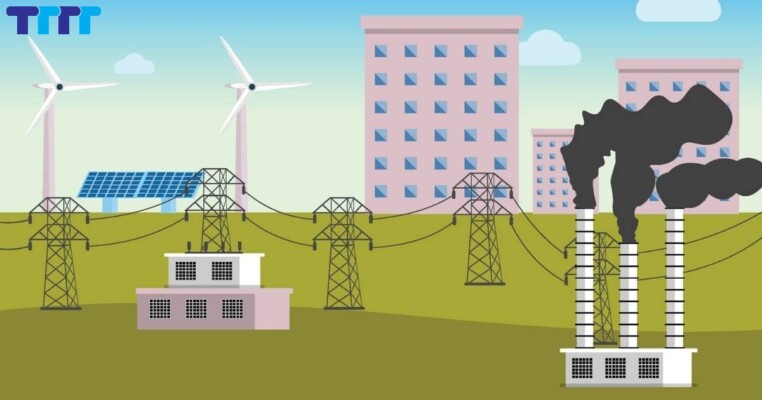
Overhead power transmission
The overhead power transmission method is a method of transmitting power using overhead wires. Electricity is transmitted through these wires using devices that transform voltage and current.
Advantage
- Low construction costs: Construction of an aerial power transmission system is simpler than other methods, because there is no need to dig soil or build complex structures.
- Easy maintenance: Since overhead conductors can be easily inspected and maintained, maintaining the transmission system is also simpler.
- Does not affect the landscape: Because there is no need to dig soil or build large structures, this method does not affect the landscape of the transmission area.
Defect
- Power loss due to wire resistance: Because the wire hanging overhead has no resistance, power loss during transmission is also higher than other methods.
- Impact on landscape: Although it does not affect the landscape during construction, the overhead wire system can affect the landscape of the transmission area.
- Easily affected by weather conditions: Because overhead wires are not protected, they are easily affected by weather conditions such as rain, wind, thunder…
Transmission of electricity underground
Underground electricity transmission method is a method of transmitting electricity using underground conductors. Electricity is transmitted through these wires using devices that transform voltage and current.
Advantage
- Low power loss: Because underground conductors are not affected by external factors, power loss during transmission is very low.
- Does not affect the landscape: Because the wires are placed underground, they do not affect the landscape of the transmission area.
- Less affected by weather conditions: Since the conductors are protected by the soil layer, they are less affected by weather conditions.
Defect
- High construction costs: Digging soil and placing underground wires requires special technology and equipment, so construction costs are also higher than other methods.
- Difficult to maintain: Because the wires are located underground, inspection and maintenance are also more difficult than other methods.
See more: synchronous controllers recommended for generators.
Factors affecting power transmission efficiency
In the process of transmitting electricity, there are many factors that affect the performance and quality of electricity. Let’s explore these factors together.
Transmission voltage
Transmission voltage is one of the most important factors affecting power transmission performance. The higher the voltage, the lower the power loss, so the transmission efficiency is also higher. However, using high voltage also requires special equipment and technology, thereby increasing investment costs.
Transmission distance
Transmission distance is also an important factor affecting power transmission performance. Different power transmission methods can transmit power over different distances. Therefore, choosing the appropriate transmission method for the transmission distance is very important.
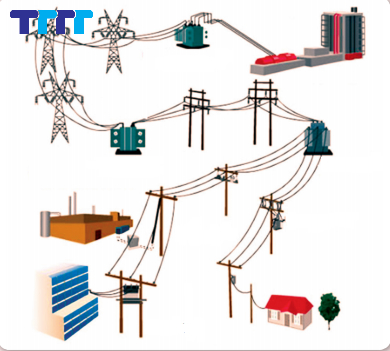
Weather conditions
Weather conditions also affect power transmission performance. Factors such as rain, wind, thunder… can cause problems in the transmission process and reduce transmission performance.
Electrical load
Electrical load is the amount of electricity used by the end user. When the electrical load increases, the voltage and current in the system also increase, thereby reducing transmission efficiency.
Resistance of conductor
Conductor resistance is also an important factor affecting power transmission performance. The lower the resistance, the lower the power loss, so the transmission efficiency is also higher.
Conclude
Power transmission is an important process in the power grid system, helping to bring power from power station to end users. Choosing a transmission method appropriate to the conditions and requirements of the region is very important to ensure the efficiency and quality of electricity transmitted to users. Factors affecting power transmission performance such as voltage, transmission distance, weather conditions, electrical load and conductor resistance to have optimal solutions for long-distance power transmission systems.
See more: The best remote control devices today.
Company name:
TTTT GLOBAL co Ltd,.
Address: Landmark 4 Building, Vinhomes Central Park, 720A Dien Bien Phu Str, Ward 22, Binh Thanh District, Ho Chi Minh City, Vietnam.
Website: https://ttttglobal.com/en/
Hotline: +84286 2728 334
Email: Info@ttttglobal.com
CATEGORY: TECHNICAL QUESTIONS AND ANSWERS

